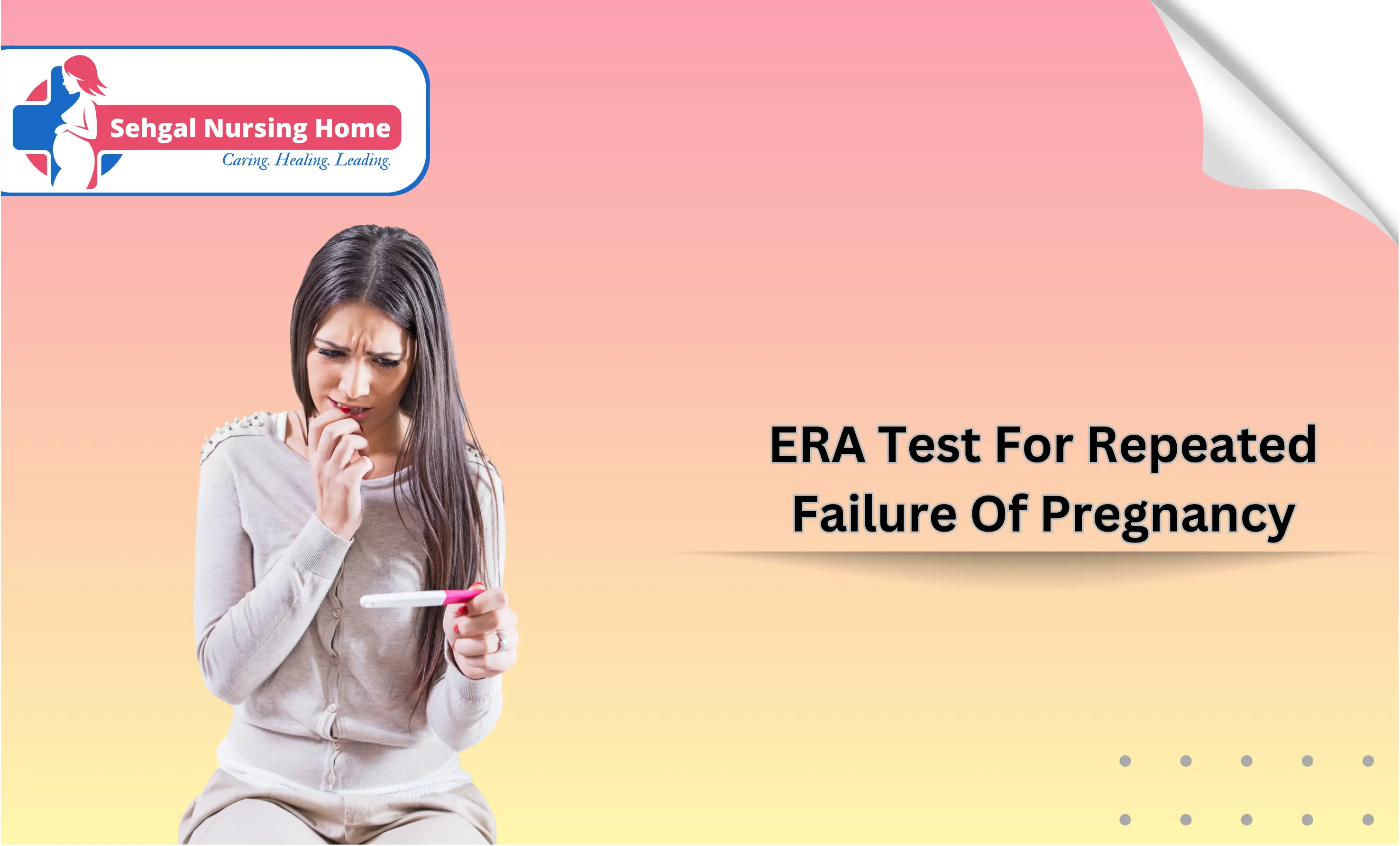
Becoming parents is a dream of many couples. But, for some women, it becomes really tough to get pregnant at the right time. Also, the repeated failure of pregnancy creates unwanted stress on the mind and a confusing state that couples will face worldwide. So, in recent years, medical advancements have brought various solutions and new ideas about this issue. One of these is the Endometrial Receptivity Assay (ERA) test – it will measure the receptors in the endometrium and advise the best time for embryo transfer to enhance the chances of pregnancy.
In this blog, we will discuss in detail the ERA test for repeated pregnancy failure and how much it becomes difficult for women to get pregnant.
Endometrial receptivity is when covering the uterus, and it is ready to take in and care for the fertilized embryos. This period is called the “implantation window”, and it is crucial for healthy birth and implantation of embryo. So, the time gap between when the embryo is ready and when the endometrium is ready to accept it can cause repeated failure to get pregnant.
Endometrial Receptivity Array (ERA) is the latest or advanced technology test that helps in determining the best time for embryo transfer and increases the chances of conceiving. This test is an innovative method which determines how receptive your endometrium is and evaluates its readiness for implantation at the genetic level.
A biopsy of the uterine inner lining is taken, and then it is sent for further testing. Usually, the biopsy is conducted at the time when the doctors will transfer an embryo into the patient's uterus. However, the preparation cycle includes a similar step to the ‘real’ transfer cycle, including ingesting oral and self–injected medicines that help stimulate the uterine lining. During the prep cycle, transvaginal ultrasounds and bloodwork are recommended to evaluate the performance of medications. Then, the doctor will perform a biopsy at the end of the prep cycle.
During a biopsy, it includes injecting a flexible plastic tube into a woman's uterus (using a vaginal speculum) and moving it forwards and backwards to collect tissues from the uterine lining. As the process is not so painful, it doesn’t need any anaesthesia, but it may induce discomfort, which is relieved with simple analgesics. A causal ERA report is termed receptive endometrium, suggesting another possible cause of IVF failures.
The window of receptivity is the period when the uterus is ready to accept an embryo at the adequate stage of development for implantation and pregnancy. The endometrium, the lining inside the uterus, plays a crucial role in the uterus. Additionally, to a specific thickness, the endometrium must express the right genes that signal to the potential embryo, which is ready for implantation – a process that is largely influenced by the hormone progesterone.
On the other hand, the embryo is sufficiently mature enough to successfully implant (it must reach the blastocyst stage, which is day 5 or 6 growth).
Moreover, the embryo should be chromosomally right for implantation and result in constant pregnancy (abnormal embryos will fail to implant or result in miscarriage). When both embryos, as well as the uterus, are prepared simultaneously, the possibility of implantation and pregnancy could occur. But, if the window isn't opened, and the embryo isn't in the proper developmental stage when it gets to the uterus, it is not carrying the right number of chromosomes, or the endometrium isn't having the correct genes expressed, which means that implantation and pregnancy won't occur. The 'window of receptivity' can be found in both natural as well as IVF conception.
If the loss of more than one baby is very difficult on your emotional state. However, medical advancements such as the Endometrial Receptivity Assessment (ERA) test can give women who are struggling to get pregnant new hope. The test can help a lot of people and couples become pregnant and become parents by providing them with individualized information about when it is the ideal time to carry an embryo. When you are preparing to become a parent, science is constantly developing incredible tools and concepts that provide parents who wish to expand their families with new prospects.
© 2024 Sehgal Nursing Home, Inc. All rights reserved | Website designed by Digital Net India